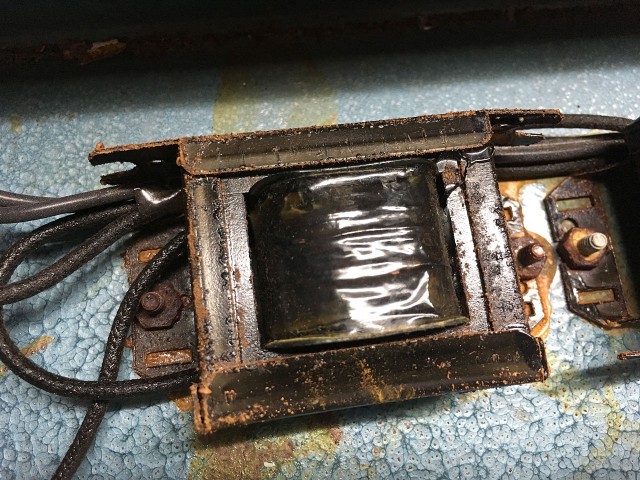
“LaserCut LetterPress” (for lack of a better name) is a project I worked on in 2014/2015 which was an idea to create a full letterpress set using a laser cutter capable of cutting 3mm Baltic Birch plywood. The idea was that the files would be released that allowed anyone with access to a laser cutter (even lower-powered cutters with small beds) to create the set.
I know there are many ways to create things, but at the time I wanted to limit production to one method, and one particularly fast method, vector cutting with a laser cutter. (Note: If you’re fascinated by the production of wood type, check out Moore Wood Type.)
I mentioned some of the process in a post titled Measure Twice, Laser Once… but never wrote up the whole thing, so here we go.

The typeface I chose was OpenDyslexic, which was inspired by a friend who is Dyslexic. I also thought it would be interesting to use a typeface that was new, and didn’t exist in the time that wooden type was widely used.

I did the design in Inkscape, creating the letter and the pieces that fit under the letter so it could slide into a tray.

Wood is such a wonderful material, except when it isn’t. Tolerances caused a number of issues, but I kept going forward, and didn’t worry too much about having things fit together perfectly. (I won’t say this was my downfall, but I spent a lot of time fighting it.)

Here’s the design for the small tray. Ultimately I wanted a larger tray that had multiple lines so you could do an entire poster. That of course would have required an entire alphabet, and multiples of most letters, and punctuation, and… letterpress is hard.
Oh, somewhere along the way I also started to write code that would generate all the characters needed by outputting the needed SVG files. In theory it was totally doable, but in practice it served as a distraction that I eventually ignored.

With the plan to turn this into a kit that one would assemble, I thought about how one would determine what pieces would go together, and thought that etching the letter onto each piece would be a good idea. (I didn’t get to this step due to being stuck in the prototyping phase.)

Here’s the letter “A” sliding into the small tray I made. Tolerances were good with the first batch of letters, but with subsequent pieces not so much.

You can see a bit of the height difference with this batch of letters…

…and you can really see it with these. Yes, this is all 3mm wood. Again, as mentioned with the previous post, there can be quite a difference when the layers add up.

I did manage to create enough letters for one of the Arts + Tech Nights at UWM.

And oddly enough, I was able to arrange the letters into “TEACH ART”, which I ended up doing six months after I abandoned this project.

Here’s a few test prints I did. They worked fine, which made me think I may have overthought how “perfect” it had to be. In the process of talking to printmakers (who were very interested in the project) they got me thinking about type height, which is useful for a press (and I considered using these letters on a press) but in the end I think I should have stuck with my “hacker ethic” and just made it work with the minimal amount of success.
I don’t consider this a “failed” project because I learned a lot in the process (and got to meet & work with some awesome people) but I’d love to see someone else run with this idea… or maybe it’s something I’ll pick up again in one form or another.
Remember kids, Keep on Making!

























